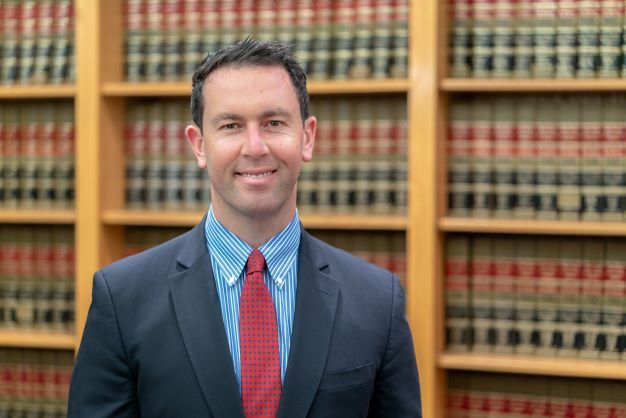More Than Half of New York’s Municipalities Have Decided To Keep Marijuana Dispensaries Out
1.27.2022
More than half of New York State’s 1,520 municipalities have decided to keep marijuana dispensaries or consumption lounges out of their communities.
The Marijuana Opt-Out Tracker, created by the Rockefeller Institute of Government, shows that 771 communities are not allowing marijuana dispensaries for adults to open up within their borders while 879 communities have chosen to keep out consumption sites.
These are the only two types of facilities that communities can opt out of under the provisions of the New York Marijuana Regulation and Taxation Act, which was signed into law on March 31 of last year. Lawmakers gave cities, town and villages until the end of December to opt out if they didn’t want dispensaries or consumption lounges – or both – to set up shop.
At a panel discussion Wednesday that was part of the New York State Bar Association’s two-week virtual Annual Meeting, Heather Trela, the Rockefeller Institute of Government’s director of operations, said that some of the communities that opted out might change their minds. If a community did not take action by Dec. 31, those two types of facilities will automatically be allowed. Communities cannot weigh in on other types of activities governed by the legislation, such as production facilities, delivery services, medical marijuana and possession of cannabis.
While updated regularly, the tracker does not represent real-time, official information on municipalities’ opt-out decisions. The Albany based institute, the public policy research arm of the State University of New York, gathered the information from municipal board minutes, public notices and town hall videos.
“We’re going to follow this process all the way through,” said Trela, referring to other provisions that will come into play such as how communities might use zoning laws to govern the placement of these facilities. Some of the reasons behind opting-out included a lack of state guidance; concern about the location of these facilities near schools or churches; and concern that users of consumption sites may leave the premises and drive under the influence.
Yet, with time and guidance, some communities may consider revising local zoning laws and place these facilities, for example, in industrial zones. “Communities have some control. It’s not the Wild West,” said Trela.
In response to a question posed by Cristina Buccola, the moderator of the panel, Trela said that villages and towns opted out at a higher rate than cities but there were no noticeable geographic trends. “Some urban areas opted out while some very rural communities opted in because they saw it as an economic development opportunity to fill empty store fronts,” she said.
Trela said the institute will continue to monitor trends, such as what criteria the state uses to select the dispensary and consumption sites; where the licenses end up; how these operations affect a community’s economic development; and the evolution of any permissive referendums. [Unique to New York State, a permissive referendum lets voters petition for an authorized resolution to appear on a ballot. Once on the ballot, registered voters decide the fate of the resolution, support or overturn, by majority.] The institute will also track the development of the regulations governing growing cannabis at home, which are to come into play 18 months after the first dispensary opens.
The first part of the panel, also moderated by Buccola, focused on how the community reinvestment funding options of the act work. In introducing the panel, Lynelle Kathleen Bosworth, chair of NYSBA’s new Cannabis Law Section, said the goal behind the legislation was to empower and reinvest in communities that have been disproportionally affected by the misguided War on Drugs. The act earmarks 40% of the tax revenue generated through legalization into the Community Grants Reinvestments Program.
Experts in California and Illinois, where the use of marijuana is legal, spoke about their experiences with community programs. Viewers heard from Alejandro Raygoza, a grants specialist and program lead in the community and local equity grants unit of the California Governor’s Office of Business and Economic Development (known as GO-Biz), and Delrice Adams, executive director of the Illinois Criminal Justice Information Authority.






